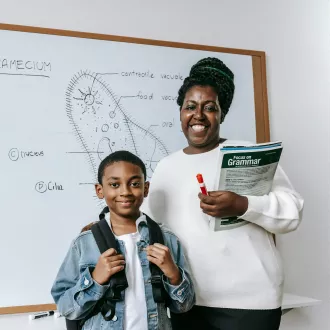ByOnlinecourses55

Making persuasive speech - public speaking
A persuasive speech is a powerful tool that seeks to convince an audience of an idea, proposal or point of view. This type of speech can influence important decisions, change opinions or inspire action. However, making it effective requires planning, practice and the use of specific strategies. Below, we will explore how to structure a persuasive speech and what elements to consider to maximize its impact.
Before writing your speech, it is essential to clarify what your purpose is. Do you want your audience to change their minds? Do you want them to adopt a new behavior? Having a clear objective will help you better structure your arguments and focus on the key points.
Understanding who you are targeting is essential to tailoring your message. Research your audience's interests, values and concerns. For example, if you are talking to a group of young people, use relatable language and examples that resonate with them. An emotional connection with the audience increases the likelihood of success.
A well-organized speech is easier to follow and more effective. The basic structure of a persuasive speech includes:
To persuade successfully, employ strategies such as:
A balanced combination of these techniques will make your speech more convincing.
Unsupported assertions can weaken your message. Use data, research or real examples to reinforce your points. For example, if you are promoting an environmental policy, present statistics on the positive impact of that measure on other communities.
The end of your speech should be powerful and motivating. Invite the audience to act in a clear and specific way. For example, "Sign this petition", "Change your consumption habits" or "Share this message with more people".
No speech is perfect on the first try. Practice out loud, adjust your pitch and speed, and solicit feedback from others. This will allow you to identify areas for improvement and gain confidence in your delivery.
A good speech is not only about what you say, but how you say it. Use open body language, maintain eye contact and vary the tone of your voice to emphasize key points. This not only keeps the audience interested, but also reinforces your message.
Crafting an effective persuasive speech is a skill that develops with practice and dedication. By focusing on a solid structure, understanding your audience and using persuasive strategies, you can make a lasting impact. Remember that every speech is an opportunity to connect, inspire and transform.